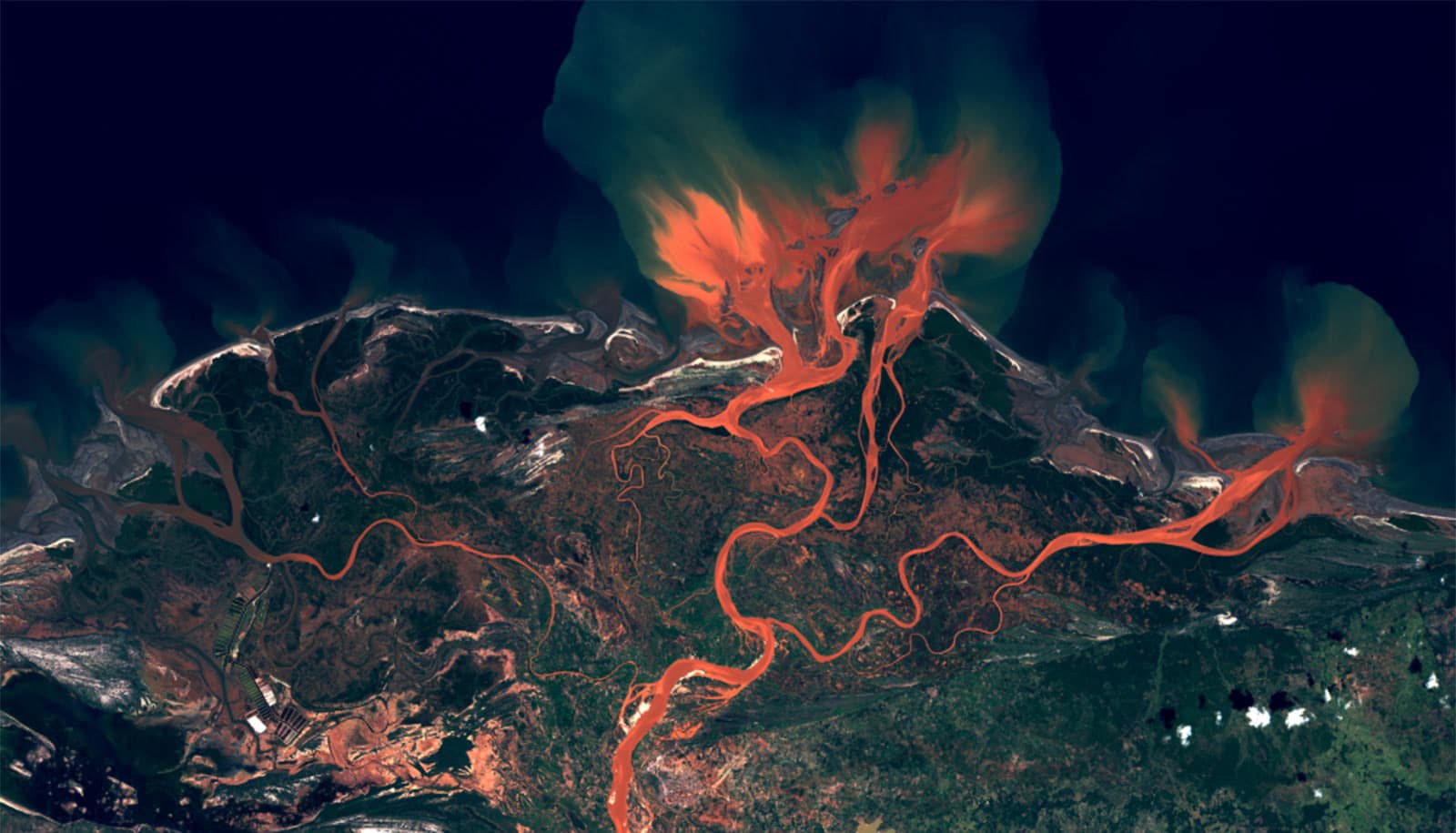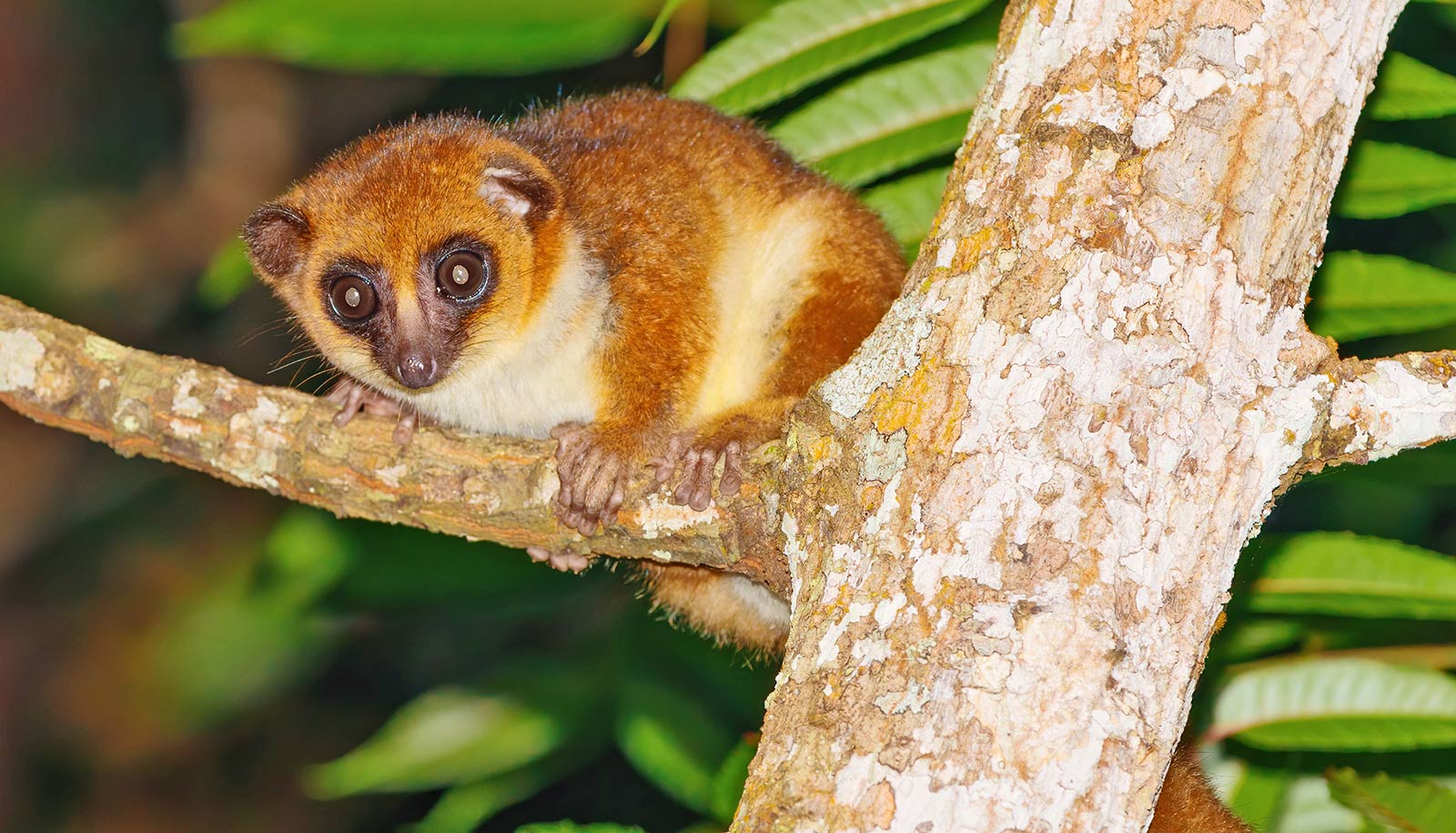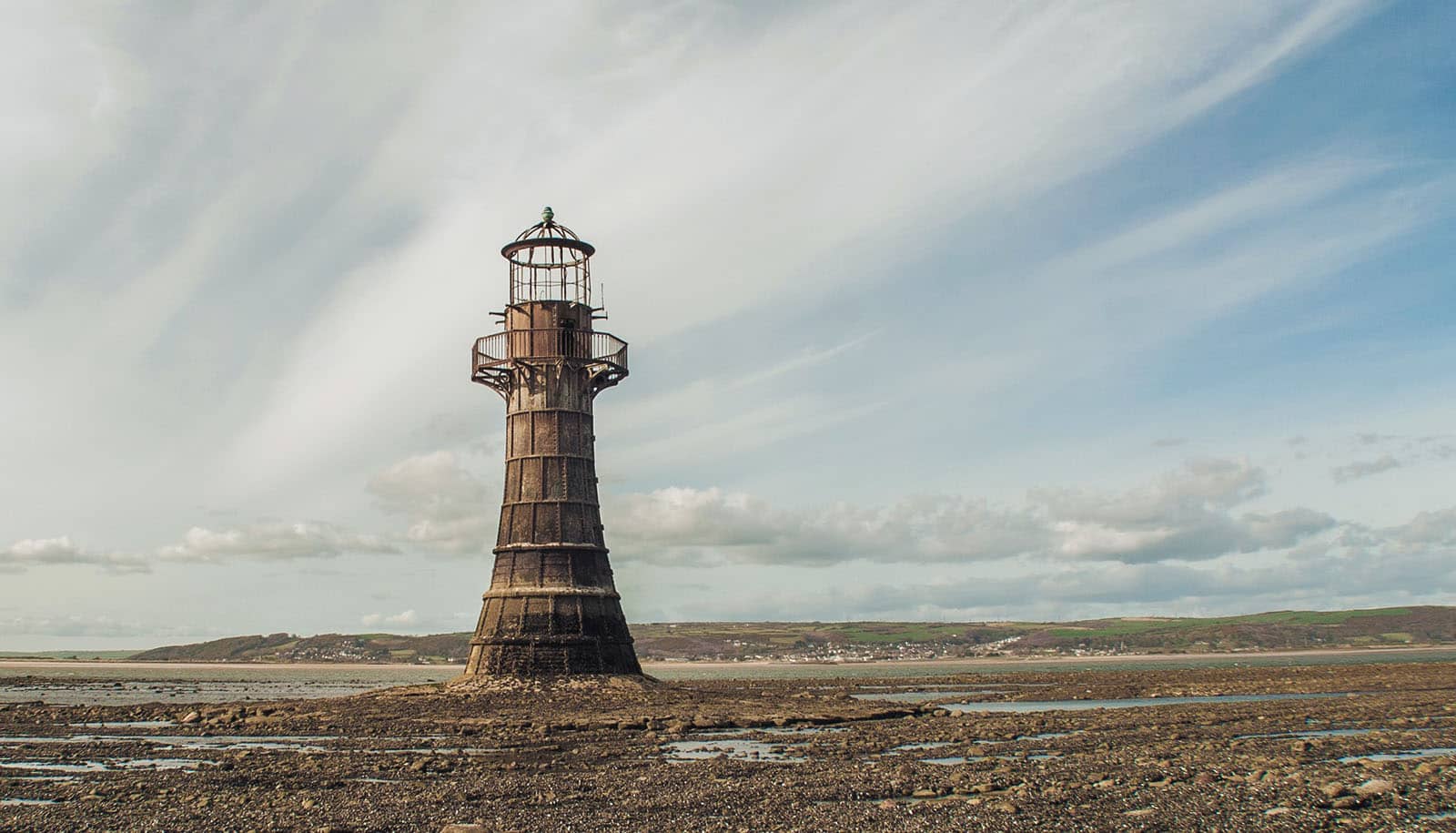A new study reveals a clear link between human-driven climate change and the years-long drought currently gripping southern Madagascar.
“Using remotely sensed observations and climate models, we could see evidence that climate change is affecting the hydrological cycle in southern Madagascar, and it’s likely going to have big implications for the people that live there and how they grow their food,” says Angela Rigden, assistant professor of Earth system science at the University of California, Irvine, and lead author of the study in the journal Climate and Atmospheric Science. “Their rainy season is getting shorter, with a delayed onset of those seasons.”
A multi-year satellite record of vegetation greenness which shows shifts in southern Madagascar that indicate changes in water availability helped the researchers make the connection between the drought and climate change.
“We’ve taken satellite-based remote sensing data of plants and related it to how much water is available in the soils,” Rigden says.
The team then compared the shift in the rainy season window to what some climate models report would happen in the absence of human-driven climate change, and that is when they noticed the narrowing rainy season window.
“That’s the fingerprint of climate change, the change in seasonality,” Rigden says.
Another key was the multi-year nature of the satellite record, which stretches back to the early 1980s. Such long observational records, especially for less developed and poverty-stricken places like southern Madagascar, are only available from satellites.
“We finally have a record long enough that we can see changes that are attributable to climate change,” Rigden says. “And there’s clear agreement between these observations and climate models that point to changes in seasonality.”
Coauthor Christopher Golden, an associate professor of nutrition and planetary health at the Harvard University T.H. Chan School of Public Health, has been doing fieldwork in Madagascar for the past 25 years. He explains how southern Madagascar is an arid part of the world even without drought conditions, and that local people have borne witness to changes in rainfall patterns over the decades.
Colleagues at Catholic Relief Services and the USAYS Mission to Madagascar, who are key stakeholders in the study, alerted Golden to the issues facing the country. For Rigden, the road to the study came after the United Nations announced that southern Madagascar was in a state of famine as a result of climate change in 2021. She wanted to see what satellite data might reveal about the situation.
“Our study shows that this phenomenon is entirely driven by climate change,” says Golden, who adds that the study will help scientists provide more confident recommendations to policymakers who make decisions about where to send relief aid in the world.
“The picture is that this is going to be recurrent into the future,” Golden says, which is information that can help officials justify the financing of relief efforts.
If populations know that events like droughts are not anomalies but part of a new normal, they can better prepare for the future. “We can come up with strategies to adapt,” Rigden says.
Catholic Relief Services (Madagascar) through their partnership and funding arrangements with USAYS funded the study.
Source: UC Irvine



